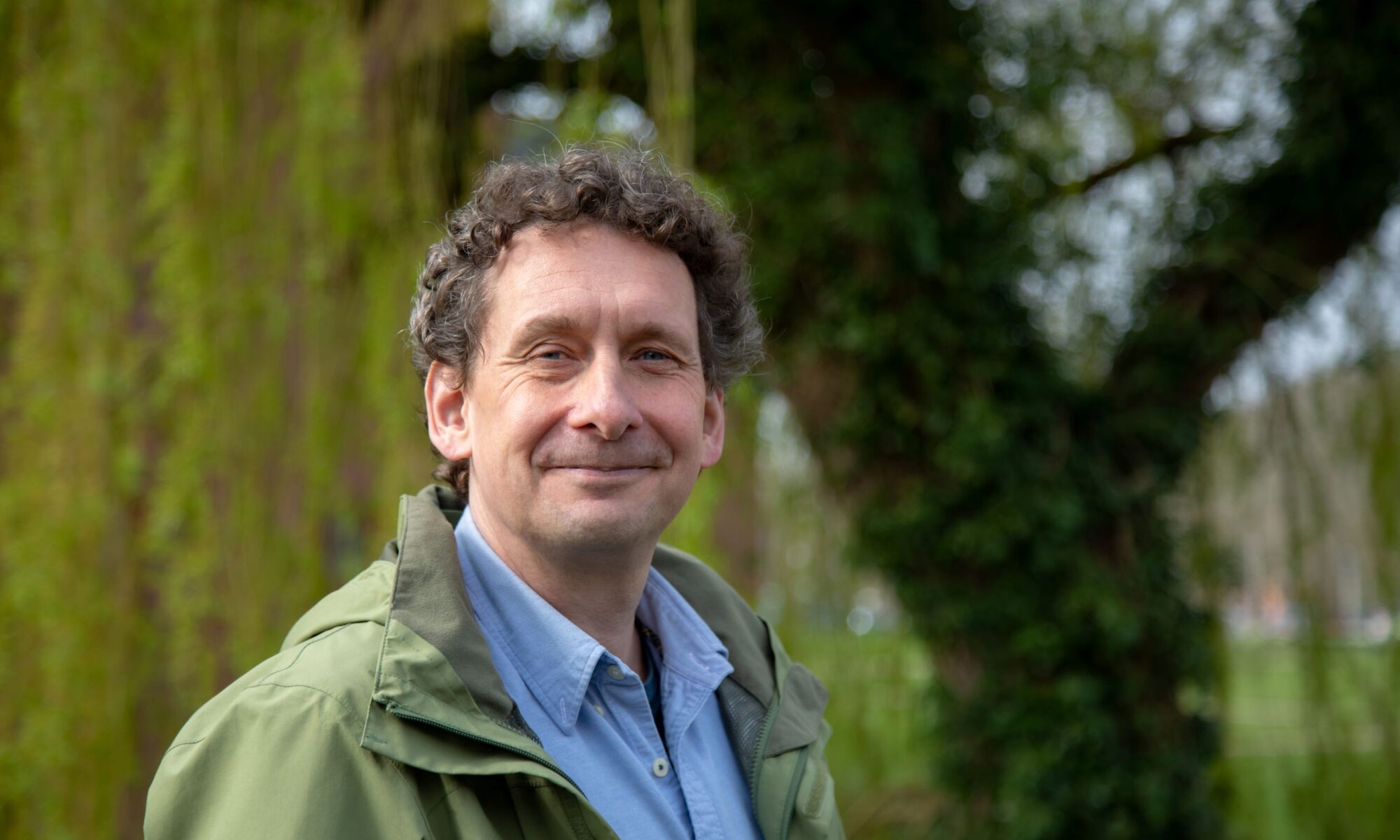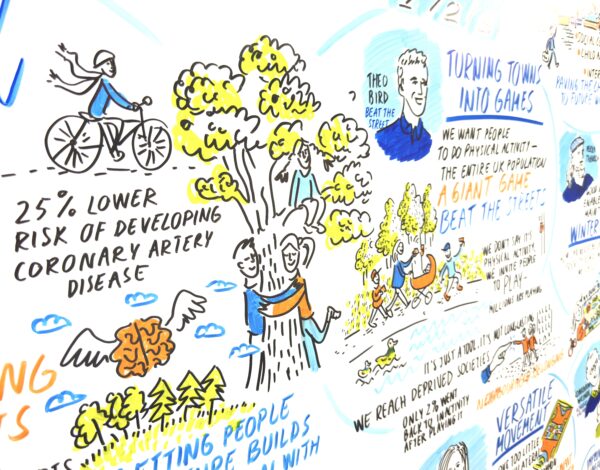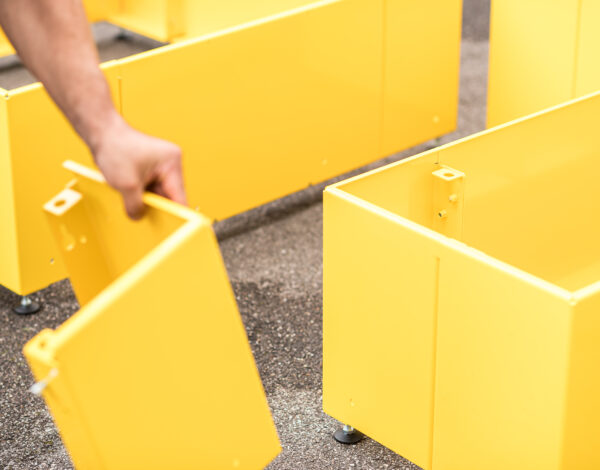Cecil Konijnendijk is a director with the Nature Based Solutions Institute, an international think tank for the evidence-based greening of cities. He is also an honorary professor of urban forestry with the University of British Columbia in Vancouver, Canada. Cecil has done research and advised governments and other organisations in over 30 countries on their urban greening strategies and programs. He has also worked for various United Nations organisations. He publishes widely, including books like ’Rethinking Urban Green Spaces’. Currently based in Utrecht, the Netherlands, Cecil is an avid traveller, reader, and walker. Whenever he visits a city he loves exploring some of its parks and other green spaces.
What do you see has been the most progress in urban greening in the last ten years? Where do you see the situation in 10 years?
I would say the fact that we use research better and we now know more about the benefits of green and trees. We’re starting to use that knowledge more and more in design and planning, but also in long term management.
I think the other thing would be that there’s more political attention for greening our cities. And I think that urgency comes with the climate change, but also for example, the COVID pandemic highlighted the need for more green spaces in our cities and people are more aware of the importance. There has also been more pressure for change through densification and urbanization.
The space taken by car, what I call the car habitat, is going to be smaller in cities for sure and we have to start planning for that already.
I really hope that the path continues and we keep the focus on greening. But the unfortunate trend is that most cities are losing trees and green space. In the Netherlands a study just highlighted that basically all the big cities have lost green spaces and trees in the last few years. Quite often it has to do with private properties cutting trees and of course densification. This trend goes the opposite direction, but if we can stop that trend the outlook is positive for the next ten years.
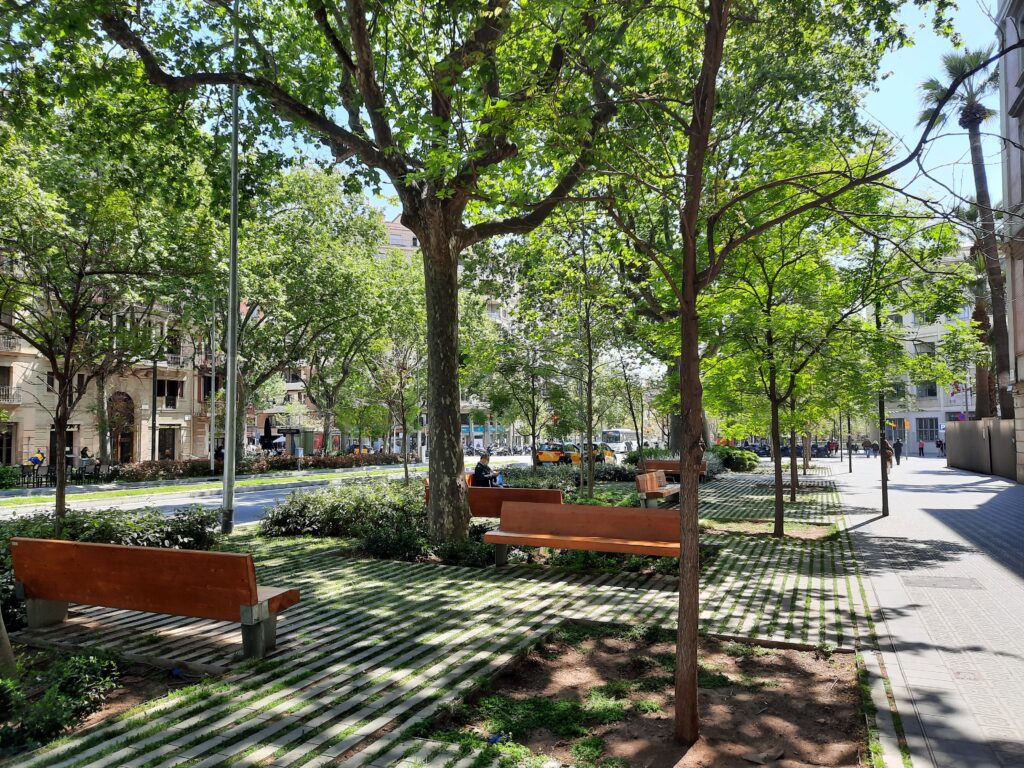
Is it possible to fit these two trends together – urbanisation and urban greening?
I do believe so, it does require really careful design and planning and more legal focus on trees and protecting, and keeping trees growing longer. It’s not easy, but I think with the knowledge and skills we have, it can be done and there are great examples of densifying which does not compromise green spaces. The Friendenau district of Berlin, for example, has a high density but also includes large trees, green courtyards, and many small urban parks. New York is another example with a high density while still striving for 30% tree canopy cover. When we set this as a priority it can be done.
Car centric cities are one big challenge and traditional parking standards often allocating multiple parking spaces per household. However, there’s a shift as more individuals choose to forgo car ownership altogether, but this transition takes time. The space taken by car, what I call the car habitat, is going to be smaller in cities for sure and we have to start planning for that already. A city will look very different in 40 to 50 years from now, with less cars and road infrastructure.
What is your favourite city/cities and why/what can we learn from it in terms of urban greening?
It’s a hard question, but I do like cities in the Nordic countries because I think they often have been succeeding in keeping their cities green. They are most often green from the start, but the question is how to use greening in their policies. A great example of this is the city of Malmö – they’re really trying to be better.
Nordic cities are doing pretty well regarding climate adaptation and health like Stockholm and Helsinki, where nature is close. However they have their challenges too. With increasing demands on urban space and densification, many Nordic cities have seen a loss of trees and green spaces. A city like Oslo comes to mind here but also Finnish cities like Helsinki have seen this trend in during transformation of centre areas.
Nature connection in Finland is strong, and nature is not very far from urban spaces – however we have managed to design and build a lot of grey spaces, squares and streets where nature comes last – or as a nice addition. How to turn the tide? How would you address this challenge?
That is a good point – and I’ve noticed the same. Sometimes the issue is when nature is everywhere people think that in the city it doesn’t matter so much. You can still go out and access a nice natural area, even a national park just outside Helsinki, for example.
It is important and we know this from research, to have trees and greenery very close where we live and work for example. It would be great if the Finnish cities would reflect the general landscape and culture of Finland, right? Trees and forest everywhere – in the public spaces too. It would make it much more exciting. Quite often we hear the excuses for not adding more trees, such as underground infrastructure. We do have the technology to do it, it costs a little bit more, but the investment pays back.
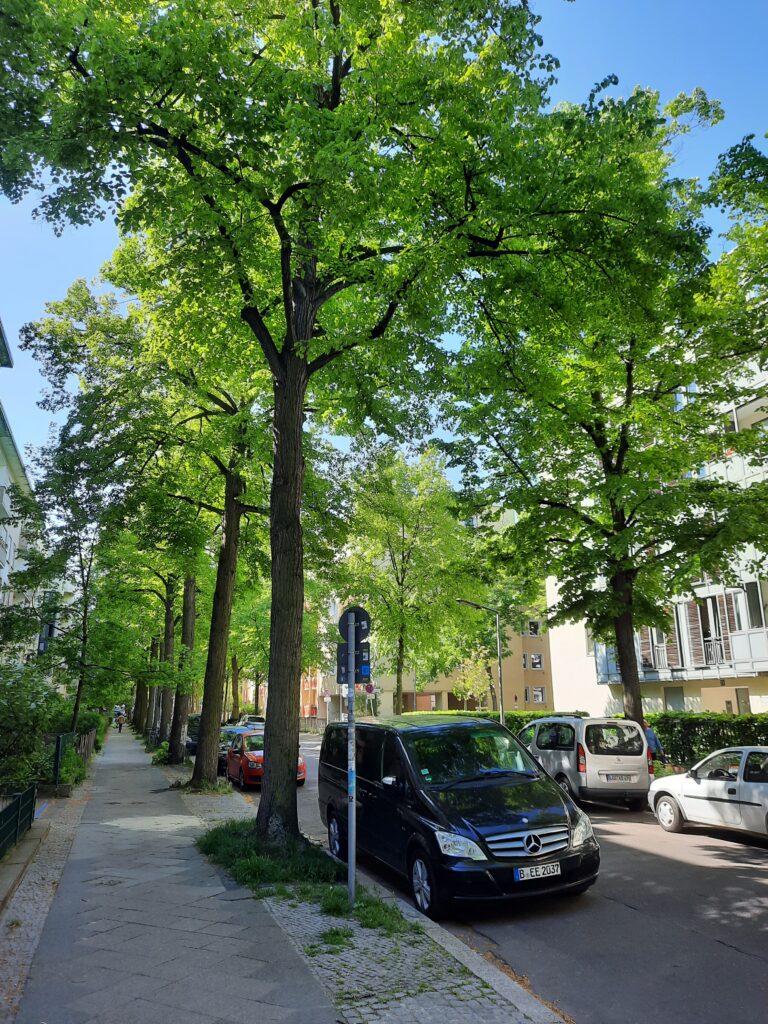
You are the inventor of the The 3+30+300 rule for greener and healthier cities in 2021. It offers an evidence-based guideline for urban planning and urban design, with emphasis on the health and climate adaptation benefits of trees and urban green space. The rule calls for everybody to be able to see 3 larger-sized trees from their home, workplace, and place of study. It also sets a minimum of 30% urban tree canopy cover at the neighbourhood level. Finally, in line with recommendations from the World Health Organization, the rule stipulates that nobody should live more than 300 metres from a high-quality public green space of at least 0.5 ha.
What is the biggest obstacle for implementing the 3-30-300 rule in our cities at the moment?
I think it is the competition between different land uses. On the other hand, there is the political will and priority given to trees and greenery but then when it comes to the actual square or streets, the objectives drop from the priority list. I think there should be more awareness of the greenery’s role as part of the basic infrastructure. There should be more space available above ground, also below ground – planning the infrastructure should include trees and greenery from the beginning and if needed, rearranged and doing it differently to have more space for urban greening. So I think if we prioritise trees more politically and create more space for trees and greenery we can actually achieve a lot and overcome the obstacles.
Having greener spots and places where you can go every day on your way from work to home, or to go with your kids can make a huge difference.
At Parkly, we focus on transforming public spaces through modular, circular furniture and placemaking combining greening and creating social places. What role do you think tactical actions and strategic placemaking can play in shaping the cities of the future today?
I think such interventions are really important to build bridges between now and the future, but also to make people aware and to show that we can actually have a living environment. This kind of approach is needed to pave the way for greener cities. If you do that with the long term planning and vision in mind already, it is a great strategy for creating permanent impact.
We should not overlook that even small interventions can change people’s lives. Having greener spots and places where you can go every day on your way from work to home, or to go with your kids can make a huge difference. Just like we have seen in Barcelona with the Superblocks.
Greening our cities is or should be a cross-sectoral effort – who are the most unlikely allies? Who do we often overlook as advocates for greener cities? Who should we talk to?
There is a big shift in this too – for example many architects are now calling for and designing green architecture. The more awareness we can create, the more people will be on board. Planners are now much more aware of the multiple benefits of trees and greenery and want to ensure that the green infrastructure is in place. An interesting ally are the medical professionals. They are really starting to highlight now that we need green for improving people’s health. And even engineers now see the opportunities nature based solutions can bring to help in terms of functionality with the storm water management, drainage or cooling for example. These interesting collaborations can bring about more innovative ideas and strategies for working together towards better cities.
To move forward, break your vision into parts. Establish guiding principles and develop a comprehensive toolbox of interventions that your city can implement.
What is your advice for cities to work on more multilateral actions, both at a small scale (e.g. pocket parks) and a large scale (e.g. infrastructure investments), to make their cities greener and more livable?
It is really important to have a long term vision. And when I say long term, that’s really long term, so 40-50 years or maybe even 100 years. For example, I’ve been working with the city of Birmingham in the United Kingdom making an urban forest master plan which has a time perspective of 40 years. Currently for the city of Groningen in the Netherlands, we’re doing one with a time perspective of 60 years. It’s also challenging, as the climate is changing and the scenarios vary. Keeping different climate scenarios in mind, you should try to diversify the species of trees and greenery and start using some trees that would maybe do well under different scenarios.
The vision should include where does the city want to go and what kind of tools are you going to use to get there? For example, if a city has 10% tree canopy and their goal is 30% tree canopy – the vital question is how do you do that in 60 years?
To move forward, break your vision into parts. Establish guiding principles and develop a comprehensive toolbox of interventions that your city can implement. It could be anything from creating new parks and greening strategies, but it’s also important to think small: pocket parks or mobile trees or something that you can actually start making your vision a reality. And of course, collaboration is key, right? The city won’t be able to do it without the help of residents, the businesses, the non-profits and all stakeholders. So, it’s vital to build a “Greening Alliance” and bring people behind the movement.
The interview was conducted during the Viherpäivät / Green Days Congress in Jyväskylä where Cecil Konijnendijk was invited as a keynote speaker. Photo of Cecil is by Yosr Hmam Spit.
Read more about the 3-30-300 rule
Explore a case study of an urban greening project with emphasis on the health benefits of Finnish forest’s
